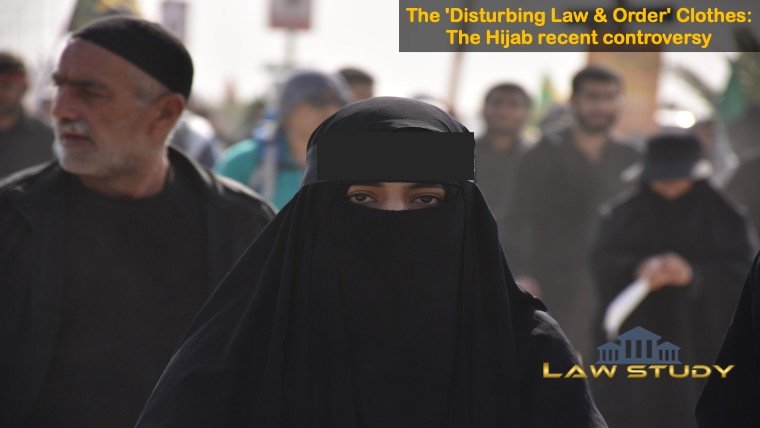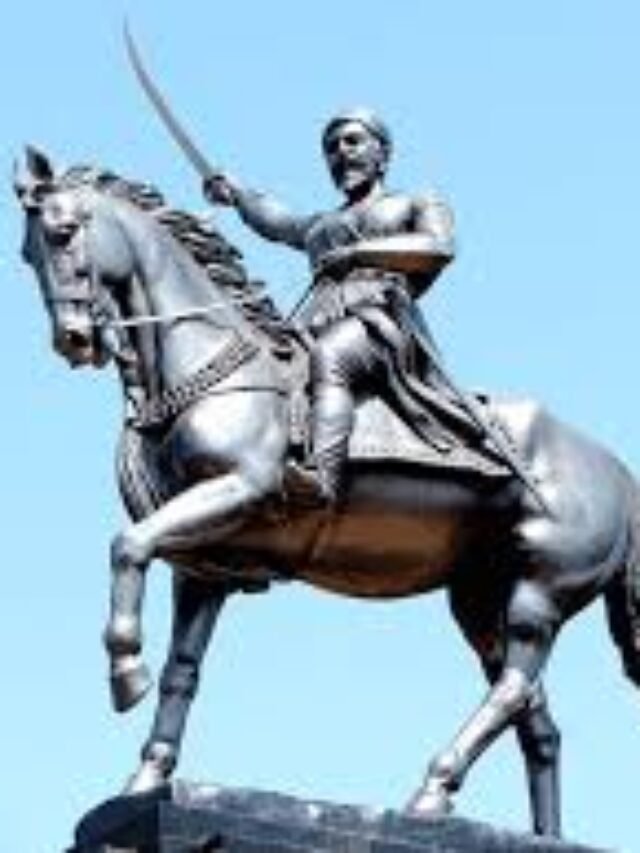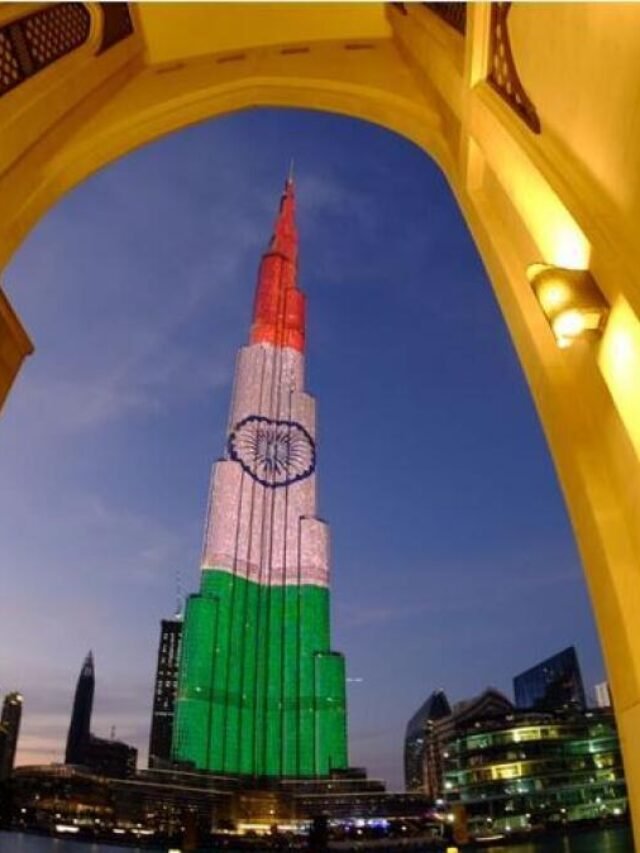Muslim girls are enthusiastic about wearing the hijab to university, and the Hijab ban controversy isn’t going away. The debate is resonating all over the country, with public rallies and social networking sites outrage. Muslim girls argue that the hijab ban violates the Constitution’s safeguard of religious liberty.
The Karnataka H.C ruled on Friday that students must not wear the hijab, Bhagwa, or use religious flags while going to attend classes in Karnataka universities with a recommended dress code until the Court rules on the case involving the prohibition on hijab in certain higher institutions.
The interim order was issued by a Bench of C.J. Ritu Raj Awasthi & Justices Krishna S Dixit and JM Khazi in response to a slew of petitions filed by Muslim female students in the state who alleged that they’re being denied admission to universities due to a govt order that efficaciously prohibits the wearing of the hijab.
What exactly is the government’s directive?
On Feb. 5, the Government of Kerala announced an order u/s 133(2) of the Karnataka Education Act, 1983, which allows the state the authority to issue guidelines for governmental educational institutions to implement.
The government issued a guideline declaring uniforms mandatory for schools and universities in 2013 under this clause. The most recent guideline, which refers to the 2013 regulation, states that a hijab is not part of the dress code.
Wearing a hijab is not an important religious practice for Muslims that is guaranteed under the Constitution.
The judgment relies on three decisions passed by distinct High Courts to conclude that prohibiting the wearing of the headscarf does not violate fundamental human rights, especially religious freedom.
The petitioners, on the other hand, argue that the three precedents are not comparable and thus cannot be applicable to the Karnataka matter.
As a result, the High Court will have to first determine whether wearing a headscarf is a fundamental religious practice.
What are the grounds for challenging the K’taka government’s order?
Wearing a headscarf is a protected expression under the Constitution’s Article 19(1)(a), which ensures the freedom of speech & expression. Freedom under Art. 19(1)(a) of the Constitution can only be restricted by the “reasonable constraints” provided in Art. 19. (2).
This encompasses India’s integrity and sovereignty, cordial ties with other countries, maintenance of peace, decency and respect, or ethics, as well as disobedience of court, defamation, or incitement to commit a crime.
Students discreetly wearing a headscarf and attending lectures cannot be alleged to be disrupting “public peace” and is simply an expression of their faith.
Because other religious symbols, such as a Sikh’s wearing a turban, are not explicitly banned, the restriction on headscarves breaches the basic right to equality.
Sanjay Hedge, a senior counsel representing the petitioners, also contended that the laws required females to wear a dupatta and that the government could not decide how that dupatta should be worn if a student wanted to cover her head with this as well.
How did it all begin?
In Dec., Udipi’s Kundapur PU university issued a new circular prohibiting students from wearing headscarves in schools, citing the need for uniformity.
This decision provoked controversy, with university authorities and classmates restricting some students from entering lecture halls.
Analogously, students were barred from attending university because they wore hijab rather than the full-length hijab.
Students from other religious communities began wearing a saffron scarf to university in mass protest of the hijab-wearing Muslim girls, exacerbating the situation.
Following an issue that arose between local police & students in Bengaluru, the state government issued an order prohibiting the wearing of clothing that tends to interrupt equality, decency, and maintenance of peace, as well as imposing Sec. 144 in select districts.
The controversy has also apparently taken on a politically different hue, with the ruling Bharatiya Janata Party strongly supporting academic institution-imposed uniform-related rules and regulations, relating to headscarves as a religious sign, while the opposing party Congress has spoken out strongly in support of Muslim girls.

























